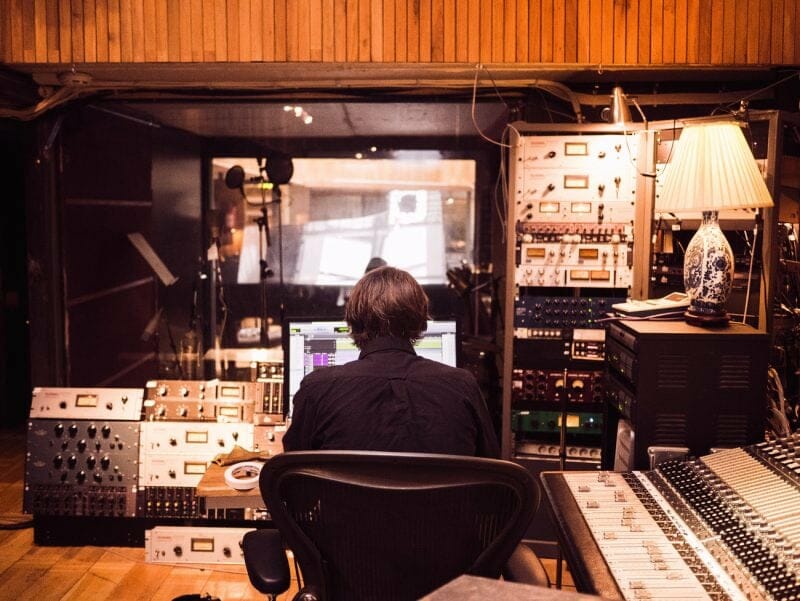Plate reverb is one of the most important tools in any mixer’s toolbox. Its smooth, bright tone is a crucial part of countless hits.
It can take your mix from good to great. But only if you know how to use it.
Today you’ll learn everything you need to know about plate reverb. From the absolute basics to advanced techniques for a professional mix.
I’m guessing you’re here because you want to make your mixes sound professional. We put together a brief training that covers a totally new approach to music production. Until now, everyone has been teaching production totally backward. Just click below to watch.Get industry-quality every time (steal this framework)
But if you just want to learn about Plate Reverb specifically, keep reading.
What Is Plate Reverb?
Plate reverb is a clever way of imitating the way sound reverberates through a room.
Plate reverb units are big, enclosed cases. Hanging inside of the case is a thin metal sheet, aka the “plate.”

When a sound is played into a plate reverb unit, vibrations inside of the case create the illusion of reverb.
Buying an actual plate reverb will cost you thousands of dollars. That’s not counting the costs of remodeling your house so you have room for it.
But fortunately, software emulation has brought plate reverb into the digital age!
So you can get the iconic sound from artists like the Beatles and Pink Floyd. Without blowing your life savings on it.
What Does It Sound Like?
Plate reverb is usually described as having a smooth and bright tone. It’s great at helping melodic instruments shine through the mix without sounding too harsh.
But it also has a slightly unnatural tone. Plate reverb units don’t really emulate how reverb usually works in the real world.
The echoes from a plate reverb are super close to each other. In fact, these echoes are so close, our brains have a tough time picking out the early reflections.
Usually the early reflections tell us where the sound is coming from and how big the room is. So plate reverb isn’t as detailed as we’re used to reverb being.
Here’s a dry vocal recording:
And here it is with plate reverb added:
All in all, it can add a fascinating, otherworldly vibe to your songs.
How Does Plate Reverb Work?
When you send audio to a plate reverb, a transducer on the middle of the metal sheet reproduces the signal.
This causes the metal sheet inside to move, creating “ripples” of vibration.
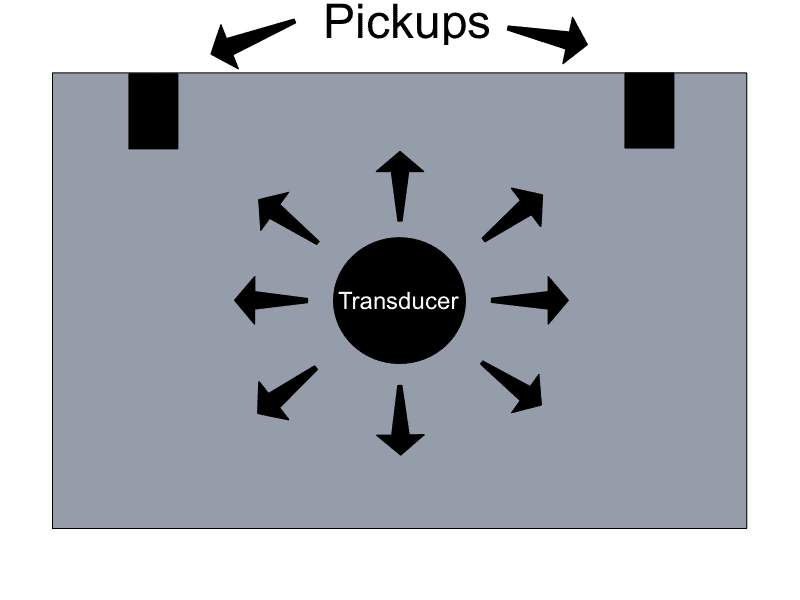
As these vibrations reach the end of the plate, they bounce back the other direction.
With the ripples bouncing around and combining, the sound becomes very dense very quickly.
As the metal sheet moves, pickups translate these vibrations back into audio. The result is a series of echoes that feels like a lush reverb.
When to Use Plate Reverb
You can use plate reverb for just about anything. Famously, the EMT 140 was the only reverb used on Pink Floyd’s Dark Side of the Moon.
But that doesn’t mean you should use it on everything. So let’s go over the times where you would want to use plate reverb.
Adding Brightness
Seeing as it’s made of metal, the higher frequencies tend to resonate more. So plate reverb is great for making something sound brighter.
This is part of why Dark Side of the Moon has a “shimmery” quality despite having pretty dark instrumentation.
This creates a beautiful contrast between the tone of the instruments and the tone of the reverb. But it wouldn’t work as well for a song that’s already super bright.
If you want a song to sound darker, you should NOT use plate reverb.
Vocals
Plate reverb works well on many vocals for a couple of reasons.
First, you usually want your vocal to cut through the mix. Plate reverb’s bright tone boosts the presence of the vocal, helping it cut through more easily.
Second, the slightly unnatural sound of a plate can help the vocal feel unique. If the rest of your track has a realistic-sounding reverb on it, a plate can help your vocal feel distinct.
Of course, you shouldn’t always use a plate on vocals. It depends on the needs of the song.
So try out a few different types of reverb to get a feel for what sounds best.
Drums
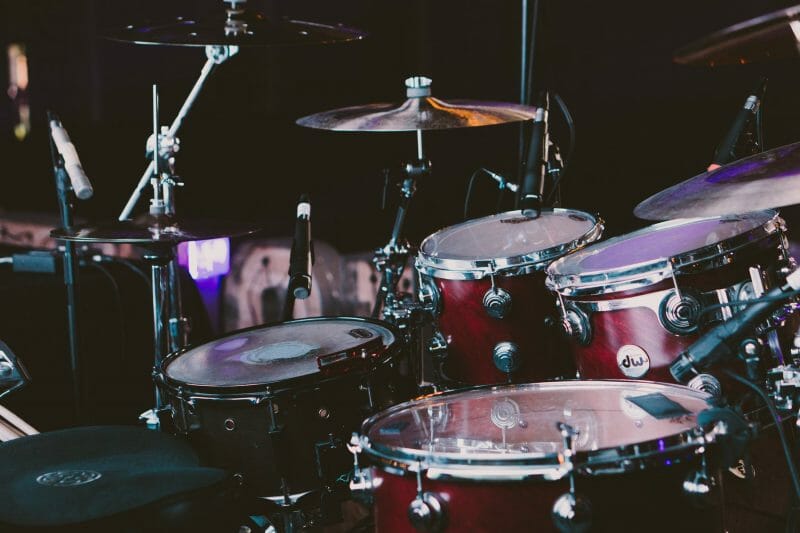
Plates also tend to sound great on drums. Especially snares and overheads.
Original drum recording:
With plate reverb:
Once again, that bright tone helps them cut through the mix. If you want a more industrial sound, it can also add some metal harshness to an otherwise boring kit.
A lot of mixers like to use a mono plate on snare drums to help them shine in the center.
This is especially worth doing if you’ve gated the drums.
Noise gates tend to cut off the tail end of drum hits, making them sound choppy and weird. A nice plate can elongate the sustain of the drums, smoothing over any rough patches.
Extra Tips
Taming the Brightness
That being said, it can easily become too bright. You’ll likely want to use damping to rein in those higher frequencies.
If your plate reverb plugin doesn’t have a damping feature, you can use an EQ on the reverb bus.
Combine It with Other Reverbs
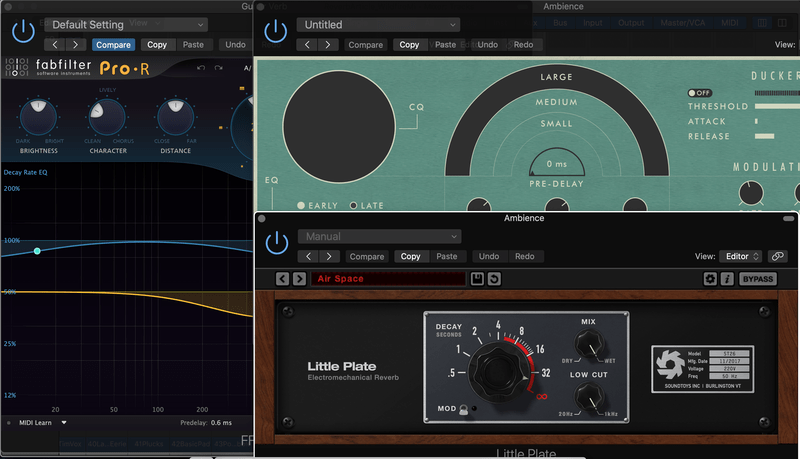
This is a trick experienced mixing engineers know by heart.
A lot of the time, you’ll want to use more than one reverb on a mix. That way, you have more control over where different instruments sit in the mix.
For example, if you use a plate reverb on the vocals, you may want to use a hall for everything else.
This differentiates the vocal from the rest of the mix, helping it stand out.
Obviously this isn’t a rule.
You can use just one type of reverb on a track. Particularly if you want the mix to sound artificial.
But on many mixes, you can get a more realistic sense of space by mixing and matching your reverb types.
What Plate Reverb Should I Use?
To start out with, I recommend using the stock reverb(s) in your DAW. You probably have a few different plate presets to choose from in there.
When it comes to mixing, knowing what you’re doing is way more important than expensive plugins.
So you should get comfortable with your stock plugins first. Only buy premium reverb plugins when you want to do something that your stock plugins can’t.
Soundtoys Little Plate
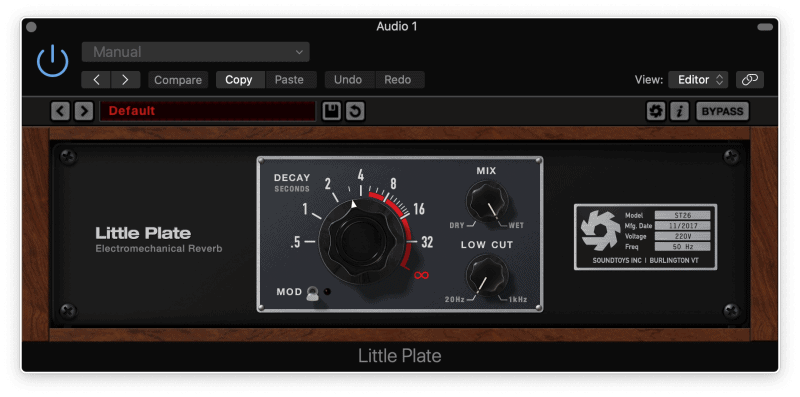
Soundtoys’ Little Plate is a terrific offering. It has everything you could want from a plate reverb.
Even better, it takes plate reverb to new heights with its “infinity” feature. This extends the decay indefinitely, making it easy to create ambient pads.
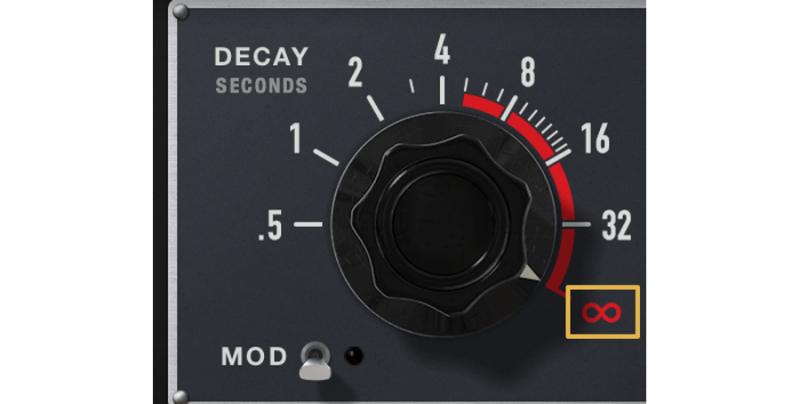
Make sure you wait until it’s on sale though! You can get it pretty cheaply if you’re patient.
UAD EMT 140
If you want incredible quality and don’t mind dropping a serious chunk of change for it, UAD’s EMT 140 is amazing.
It has a beautifully smooth sound that rivals the original.
Conclusion
Plate reverb is a unique tool for adding depth and flavor to your mix.
Combined with this guide, you should have a much easier time getting pro-quality mixes.
If you want to dig deeper into music production and learn what it actually takes to make mixes that sound pro… And you’re an intermediate or advanced producer… Be sure to check out the free masterclass: Enjoy!Next Steps


